Acquiring a new semi-trailer license is a vital process for any aspiring or current professional in the trucking and transportation industry. The landscape of regulations governing semi-trailer use is complex, and understanding the necessary steps to obtain a license can pave the way for success in this sector. Let’s delve into the intricacies of acquiring a new semi-trailer license, unraveling the essential components and frequently overlooked details that can affect your journey.
Table of Contents
- Understanding Semi-Trailer Licensing
- Types of Licenses Required
- Eligibility Criteria
- The Application Process
- Cost Considerations
- Essential Documentation
- Training and Education
- Testing Requirements
- Common Challenges
- Maintaining Your License
- Conclusion
Understanding Semi-Trailer Licensing
The semi-trailer, an essential vehicle in the freight transport sector, requires operators to possess a specific license to ensure safety and compliance with state and federal regulations. Understanding the licensing framework allows drivers and owners to function seamlessly within their operational territory while ensuring compliance with legal obligations.
Regulations vary across states and jurisdictions, making it crucial for applicants to familiarize themselves with local laws. Failure to do so can result in costly penalties or administrative snafus that could impede business operations.

Types of Licenses Required
1. Commercial Driver’s License (CDL)
To operate a semi-trailer, you’ll generally need a Commercial Driver’s License (CDL). The CDL is the foundational license necessary for truck drivers. A Class A CDL specifically allows for the operation of vehicles with a gross combination weight rating (GCWR) exceeding 26,001 pounds, provided that the trailer’s weight is over 10,000 pounds.
2. Endorsements
In addition to the basic CDL, certain endorsements may be required based on the type of cargo you intend to carry or the specific characteristics of the semi-trailer. Examples include:
- Hazardous Materials (H): Required for transporting hazardous materials.
- Tank Vehicle (N): Necessary if operating a vehicle designed to transport liquid or gaseous materials in bulk.
- Double/Triple Trailers (T): Allows for operating multi-trailer combinations.
Understanding these distinctions can save time and ensure you are adequately prepared for the licensing process.
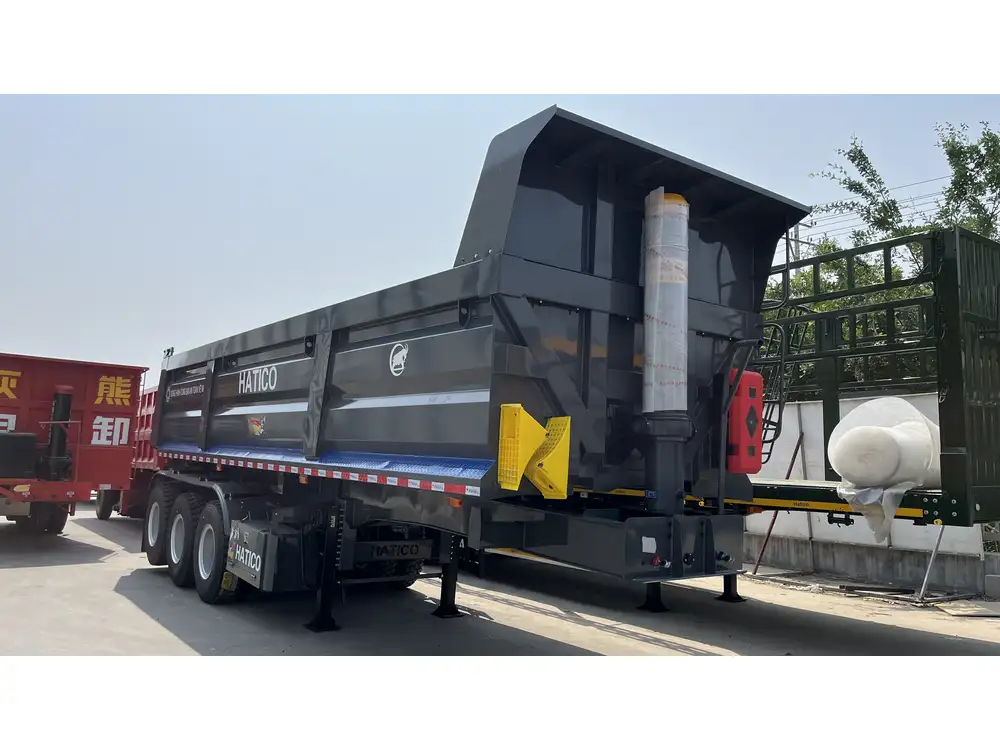
Eligibility Criteria
Minimum Age
Most states require drivers to be at least 18 years old for intrastate driving (within state lines) and 21 years old for interstate operations (across state lines).
Medical Examination
Drivers are required to pass a Department of Transportation (DOT) medical exam conducted by a certified medical examiner. This ensures that operators are fit to drive and do not have medical conditions that could impair their ability to safely operate a semi-trailer.
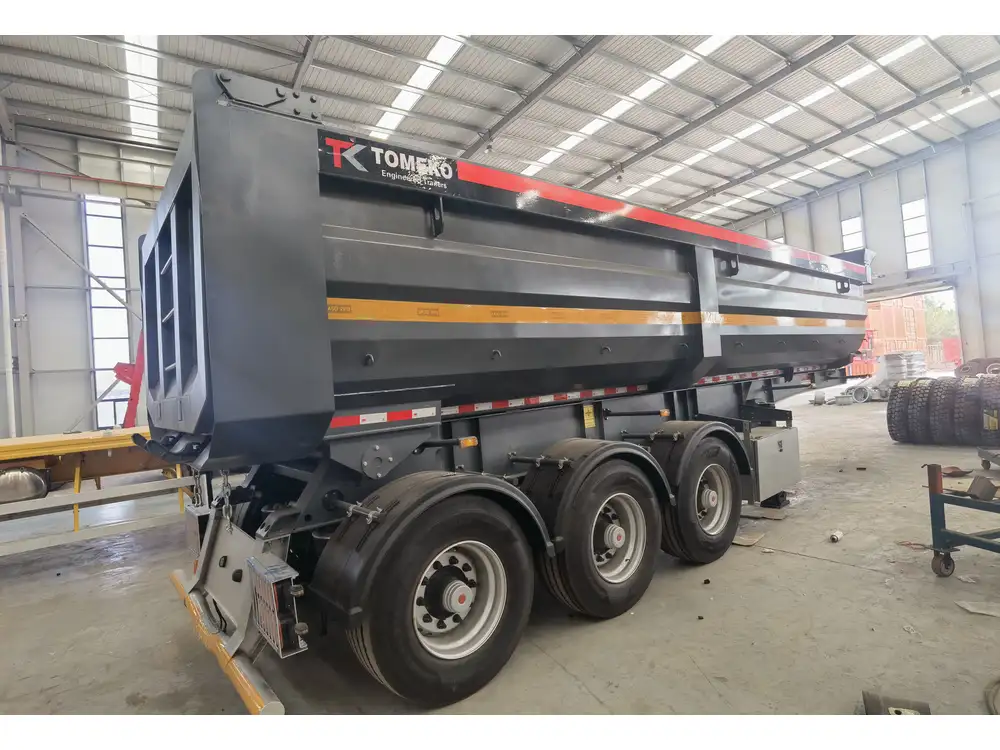
Background Check
Certain endorsements, especially those related to transporting hazardous materials, may require a background check, including fingerprinting. Applicants need to be prepared for this additional scrutiny.
The Application Process
Step 1: Obtain a Commercial Learner’s Permit (CLP)
Before applying for a CDL, you must first obtain a Commercial Learner’s Permit (CLP). This permit allows you to practice driving a semi-trailer under the supervision of a licensed CDL holder. To obtain the CLP, you will typically need to:
- Pass a written knowledge test relevant to commercial driving.
- Provide the necessary identification and documentation outlined by your state.
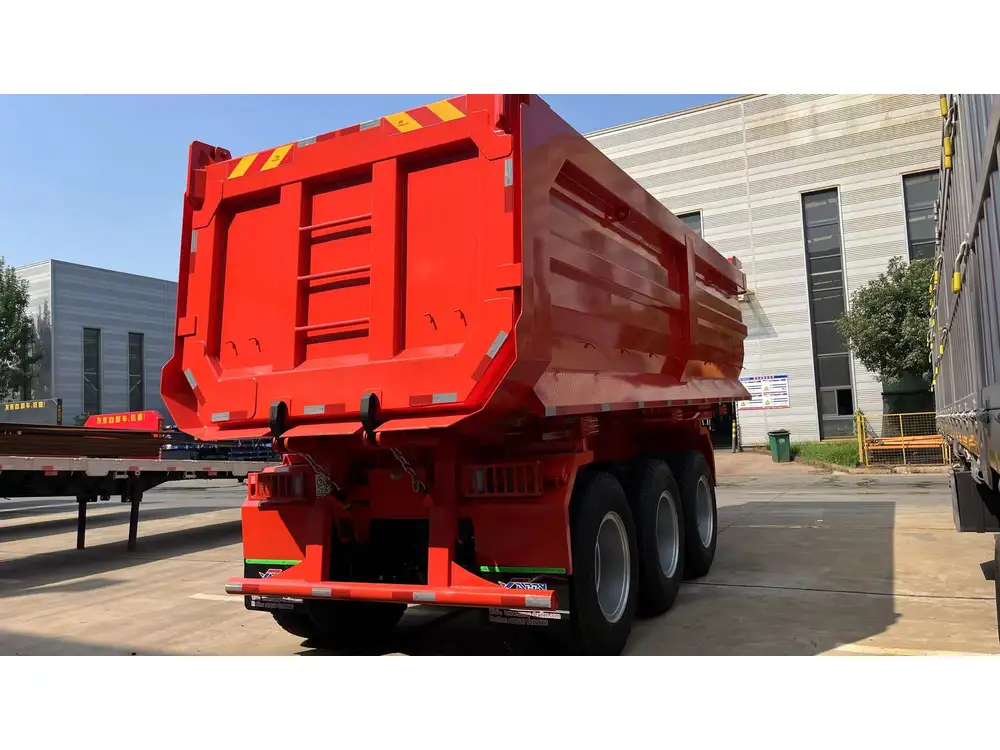
Step 2: Complete Required Training
Once you have the CLP, the next step is to complete the necessary training. This training is critical and can vary based on the type of cargo you will be hauling. Various truck driving schools offer structured courses, including:
- Schooling: Classroom-based learning covering topics such as vehicle operation, safety regulations, and cargo security.
- Behind-the-Wheel Training: Extensive on-road experience with professional monitoring.
Step 3: Schedule and Pass the Skills Test
Upon completing your training, you must schedule a skills test. This typically includes:
- Pre-trip inspection: Demonstrating knowledge of vehicle components.
- Driving test: Operating the vehicle in various situations (backing, turning, etc.).
Cost Considerations
Obtaining a semi-trailer license comes with a range of potential costs. Key expenses to consider include:
- Application Fees: Vary by state; can range from $20 to $100.
- Training Costs: Fees for commercial driving schools can range widely, often between $3,000 and $7,000.
- Testing Fees: Additional fees for skills and knowledge tests.
- Medical Examination Costs: Typically between $50 to $150.
- Endorsement Fees: Additional fees may apply if you’re adding endorsements to your CDL.
Proper budgeting for these costs ensures a more seamless licensing process.
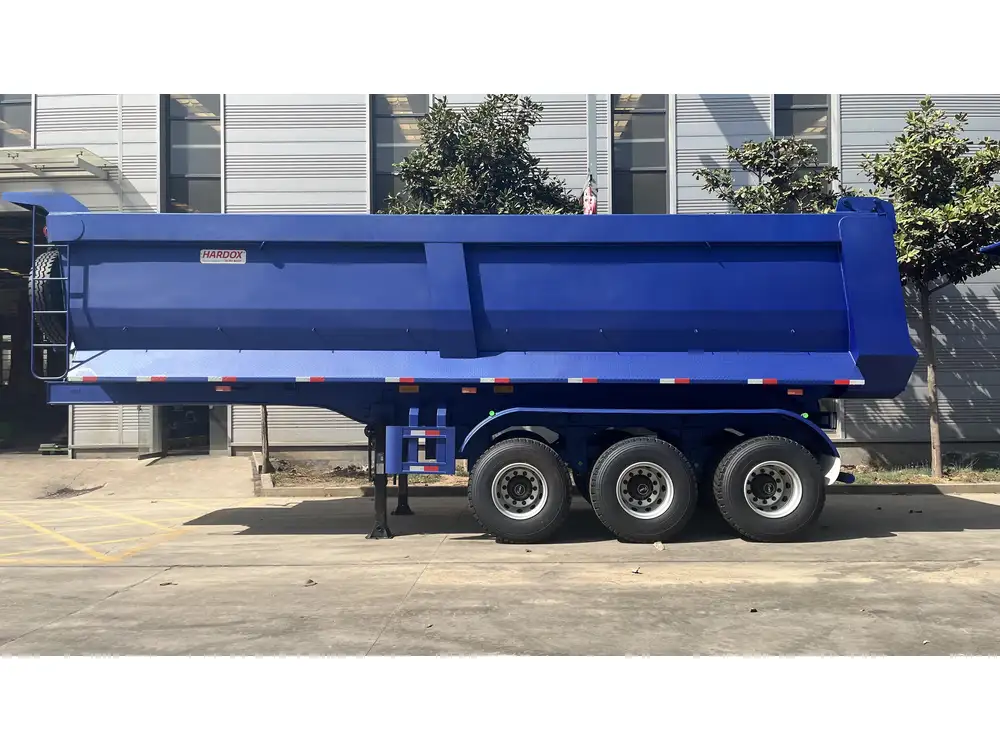
Essential Documentation
To apply for a new semi-trailer license, specific documentation will be required. Essential documents include:
- Proof of Identity: Valid photo identification (e.g., driver’s license, passport).
- Social Security Card: Required for verification purposes.
- Medical Examination Certificate: Proof of passing a DOT medical exam.
- Compliance Documents: Any additional documents supporting your training or endorsement applications.
Having all documentation prepared and organized can expedite the application process.
Training and Education
Investing in the right training and education can significantly enhance your likelihood of success in the licensing process. The advantages of thorough preparation cannot be overstated, as skilled training also promotes overall safety in transportation.
Recommended Training Courses
- CDL Prep Courses: Essential for building a strong foundation in driving knowledge.
- Endorsement-Specific Training: Training tailored for special cargo (e.g., hazardous materials) ensures compliance with more complex regulations.

Testing Requirements
Written Test
Following receipt of your CLP, you will need to pass a written test that assesses your knowledge of safe driving practices, vehicle operation, and applicable traffic laws. Proper preparation is key; utilizing resources such as the Commercial Driver’s Manual is recommended.
Skills Test
This is typically the final step in obtaining your CDL and includes a combination of:
- Vehicle Inspection: Showing proficiency in identifying safety critical components.
- On-Road Driving: A real-time demonstration of ability to operate a vehicle safely in various conditions.
Preparation through practice is paramount for success.

Common Challenges
Understanding the challenges and potential pitfalls can significantly aid in navigating the complexities of obtaining a semi-trailer license.
1. Regulatory Misunderstandings
With regulations varying by state, confusion surrounding specific requirements can lead to delays. It’s imperative to consult with your local Department of Motor Vehicles (DMV) or its equivalent to gain clarity.
2. Financial Implications
Unexpected costs can arise throughout the licensing process. Anticipating these costs and adequately preparing can mitigate financial burdens.
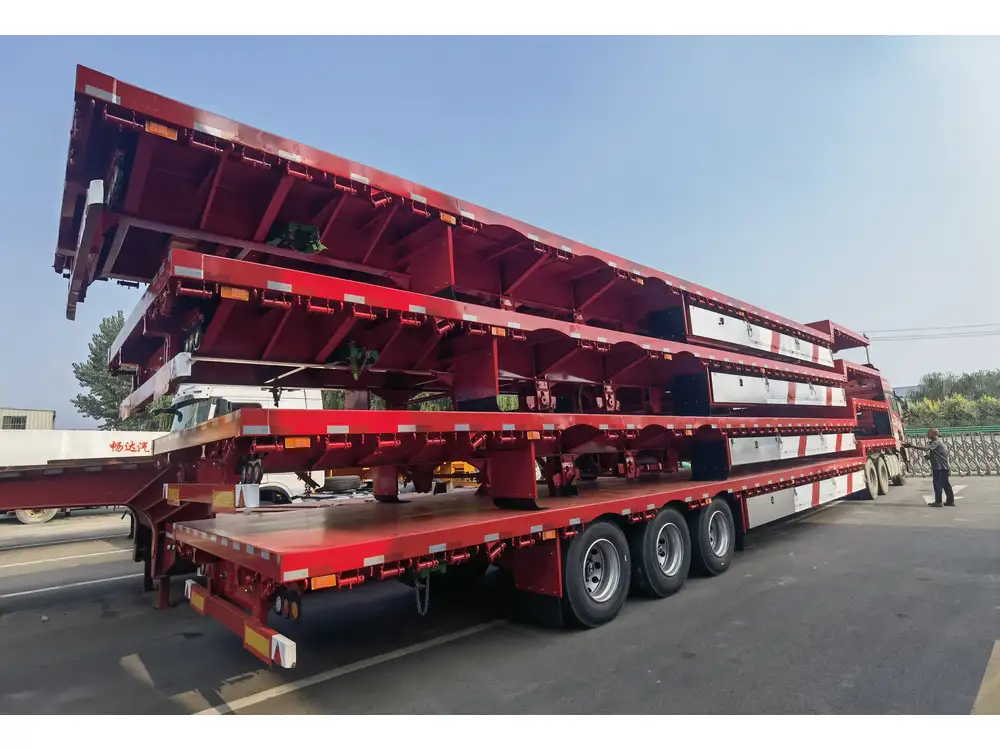
3. Training Quality
Selecting a reputable training program is vital. Insufficient training can leave drivers underprepared for the challenges of operating a semi-trailer.
Maintaining Your License
Once obtained, maintaining your semi-trailer license necessitates ongoing compliance with relevant regulatory requirements. Key considerations include:
- Renewals: Keep track of expiration dates to avoid lapses in licensing.
- Continuing Education: Stay informed of changes in regulations and best practices to ensure your skills remain sharp.
- Health Checks: Regularly scheduled medical exams may be required, especially for ongoing compliance with DOT requirements.
Conclusion
Acquiring a new semi-trailer license involves a multifaceted approach encompassing understanding regulations, fulfilling eligibility criteria, undergoing proper training, and possessing the ability to navigate potential challenges. By following the structured steps outlined in this guide, applicants can streamline their journey to obtaining a semi-trailer license.
Remember, the road to securing a CDL is not merely about fulfilling a checklist—it’s a commitment to safety, compliance, and industry professionalism. Embrace the journey, and ensure that you are well-equipped to drive toward success in the transportation industry.



